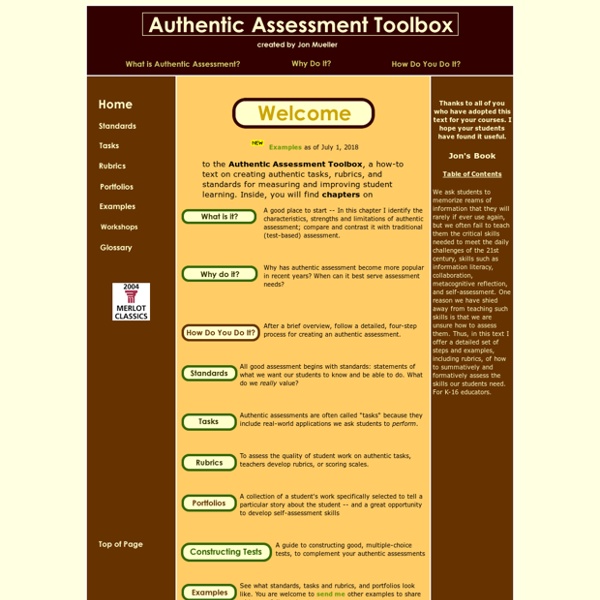Paragraph Transitions
Transitions help readers understand the connection from one idea to the next as they read. This page has information about two types of transitions: transitions between the sentences within a single paragraph and transitions between one paragraph and another. Click on the links below to learn about each type of transition. Sentence Transitions (Transitions within a Paragraph) Paragraph Transitions (Transitions between Paragraphs)
Using DIRT as a Learning Journey
Education is full of acronyms. Some are useless, whilst others are impressive and useful. One such acronym which keeps popping up in the #UKEdChat community is DIRT, which stands for ‘Dedicated Improvement and Reflection Time‘, mainly aimed at secondary aged pupils (11+), although some aspects are already embedded within primary practice. In her book, Jackie Beere reminds how important the process of DIRT is: This is properly trained peer assessment or self-assessment where students measure their progress against the original objective in mini plenaries and think about how they have learned – what worked and what didn’t.
Pricing
Why different pricing for schools/districts and individual teachers? School and district purchases of MasteryConnect include special reporting features as well as multi-user management features. With individual teacher purchases, pricing reflects the possible variation in numbers of students for a single teacher. With BubbleScore-only plans, individual teacher pricing is not available and must be purchased at a school/district level with a minimum of one grade purchase.
Text Structure Worksheets
Identifying Text Structure 1: Read the passages. Identify the text structure. Write information from the passage into the appropriate graphic organizer.
DIRTy Work
Excuse the cheap pun of a title. With all the public furore about the Daily Mail I couldn’t help but be mindful of a tabloid headline! DIRT, if you didn’t know, is an acronym. Apologies if you are tired of acronyms, but admit it, sometimes they are just plain useful.
Productions, Bubble Test Form Generator - Teaching Tools
Use the new bubble test program for PDF printed bubble sheets! Go There Now! The PDF Bubbletest Generator now has the ability to use your own PDF template. That is a big deal because you can create your school's logo and letterhead with MS Word, save it as a PDF file, and use the PDF as a template. Then, you will have a bubbletest with your own custom letterhead! Your sheets will be "pixel clear", and you will have the ability to save your PDF on your PC, just like any other PDF file.
ACT English Practice: Paragraph Organization
Many students struggle with ACT paragraph organization questions, but with the right strategy for approaching them, they're really not that bad. Learn how to tackle them and get some practice here. Explore our library of over 10,000 lessons Click "next lesson" whenever you finish a lesson and quiz. Got It
How Rubrics Provide Feedback
I’d like to start with an assumption about rubrics. I believe that rubrics are tools designed to serve two purposes:They help a teacher assess student work consistently and clearly.They help provide feedback to students through setting expectations and evaluating performance.With these two goals in mind—assessment and feedback—I’d like to examine how rubrics need to be built and used to be able to serve those purposes. I recently wrote about the different kinds of rubrics, and I’d like to focus exclusively on analytic (rather than holistic) rubrics in this discussion.
Allowing Test Retakes—Without Getting Gamed
Debates about exam grades and retaking tests tend to coalesce, eventually, around the same arguments. One faction prioritizes subject mastery, the idea that it’s more important to get students to take incremental steps towards proficiency than to punish them with bad grades. The other side emphasizes personal responsibility, insisting that there are very few second chances in life, and that regular opportunities to retake tests simply teach kids that consequences are negotiable.
OWL: Verb Tenses
Summary: This handout explains and describes the sequence of verb tenses in English. Contributors:Chris Berry, Allen Brizee, Elizabeth AngeliLast Edited: 2013-09-14 09:29:01 Strictly speaking, in English, only two tenses are marked in the verb alone, present (as in "he sings") and past (as in "he sang").
De-grade your classroom with narrative feedback SmartBlogs
Years ago, I stopped grading my students. This is shocking to most educators who wonder how assessment can be done without numbers and letters. The answer is surprisingly simple: I replace grades with narrative feedback. Renowned education professor and researcher Dylan Wiliam, who has studied feedback and grades for decades, recommends in his book “Embedded Formative Assessment” using narrative feedback in lieu of grades, rather than in addition to letters and numbers. Wiliam suggests that grades detract from the value of the feedback. The research in favor of feedback is undeniable, and it suggests that eliminating grades can revolutionize learning.
TOOLS FOR LEARNING: Tools and Tactics to Measure Students’ Mastery of the Common Core Standards
The Common Core State Standards (CCS) first appeared (or reared their ugly head, depending on your take) in 2009 as an initiative of the National Governor’s Association and the Council of Chief State School Officers. A half-dozen states have yet to adopt the standards, which apply to English-language arts and mathematics (Next Generation Science Standards are indirectly related and cover science). The idea, at least, is a good one: Ensure high school students graduate either college- or career-ready. How that idea is carried out is yet another issue entirely.



